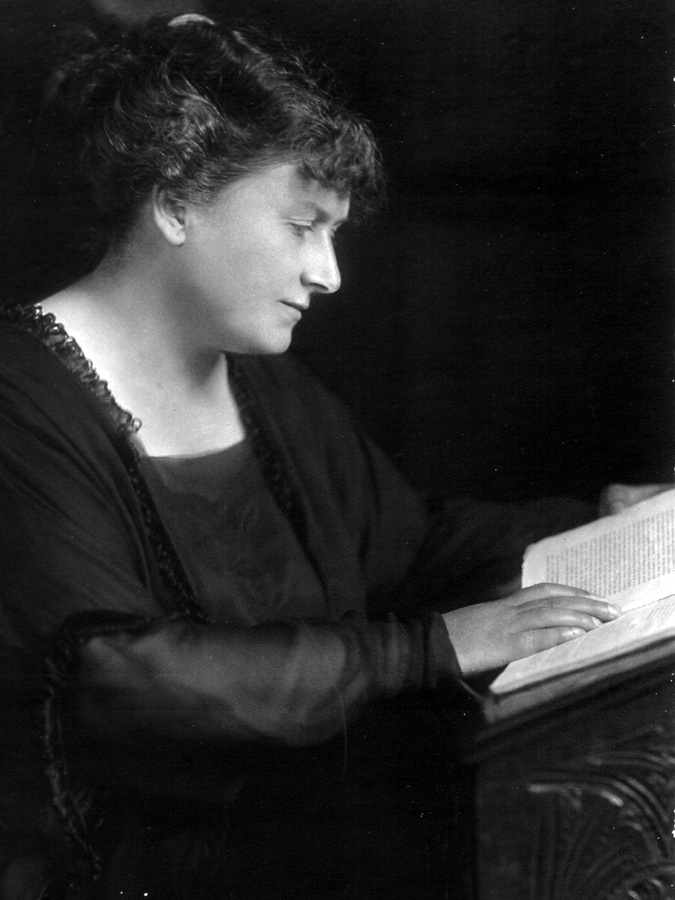MARIA MONTESSORI was, in many ways, ahead of her time. Born in 1870, she graduated in 1896 as the first woman doctor in Italy. In her medical practice, her clinical observations led her to analyse how children learn, and she concluded that they build themselves from what they find in their environment.
Shifting her focus from the body to the mind, she returned to university in 1901 – this time to study psychology and philosophy.
In 1904 she was made a professor of anthropology at the University of Rome. Her desire to help children was so strong, however, that in 1906 she gave up both her university chair and her medical practice to work with a group of sixty young children of working parents in the San Lorenzo district of Rome.
It was there that she founded the first Casa dei Bambini, or “Children’s House.” What ultimately became the Montessori method of education developed there, based upon Montessori’s scientific observations of these children’s almost effortless ability to absorb knowledge from their surroundings, as well as their tireless interest in manipulating materials.
Every piece of equipment, every exercise, every method Montessori developed was based on what she observed children do “naturally,” by themselves, unassisted by adults.
This simple but profound truth inspired Montessori’s lifelong pursuit of educational reform and teacher training – all based on her dedication to furthering the self-creating process of the child.
Maria Montessori’s first visit to the United States in 1913 was warmly received as a great genius in the education of young children. Influential people of the time who attended her lectures and offered hospitality included Mr and Mrs Alexander Graham Bell, Mr and Mrs Thomas Edison, Helen Keller and the President and Mrs Woodrow Wilson. There were 100 Montessori schools in the United States by 1914.
In 1919, she began a series of teacher training courses in London. In 1922, she was appointed a government inspector of schools in her native Italy, but because of her opposition to Mussolini’s fascism, she was forced to leave Italy in 1934.
She opened the Montessori Training Centre in Laren, Netherlands, in 1938, and founded a series of teacher training courses in India in 1939. She wrote 25 books on the various aspects of her theory and practice and trained many hundreds of teachers in her lifetime.
In 1940, when India entered World War II, she and her son, Mario Montessori, were interned in India as enemy aliens, but she was still permitted to conduct training courses. Later, she founded the Montessori Center in London (1947).
The impact of the Montessori movement extended beyond the goals of education. Maria Montessori was a great advocate for peace. She was nominated three times (1949, 1950 and 1951) for the Nobel Prize for peace.
Maria Montessori died in Noordwijk, Holland, in 1952.

